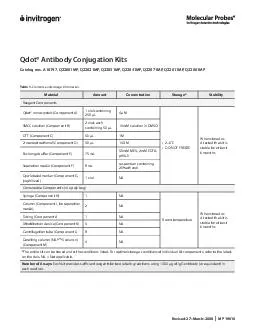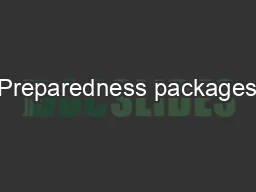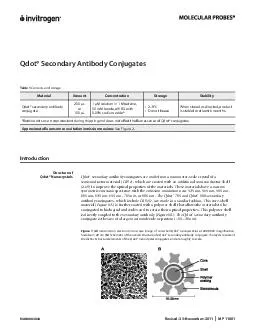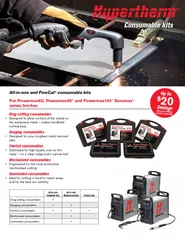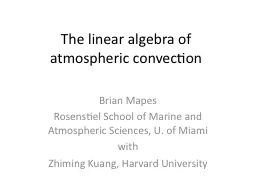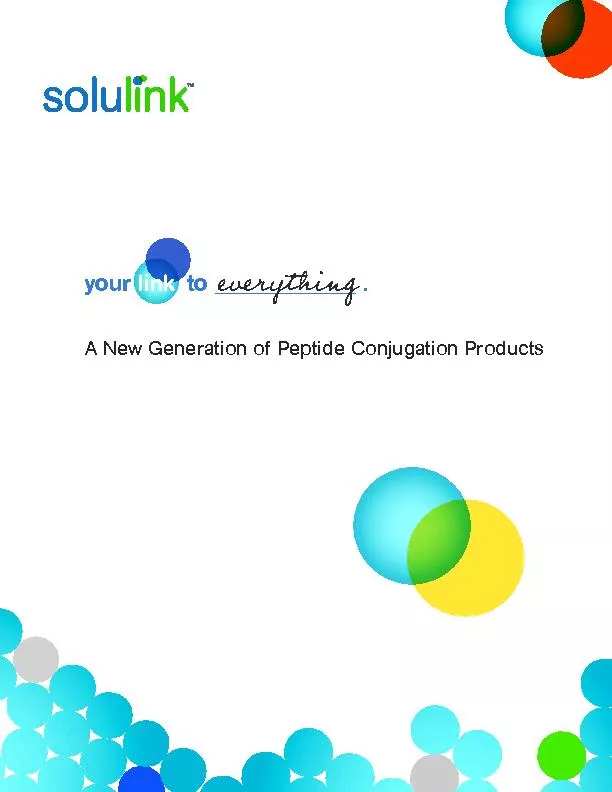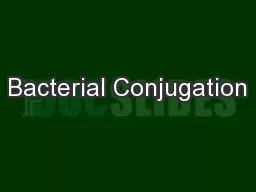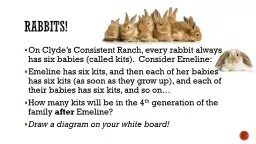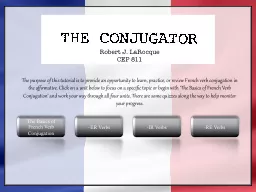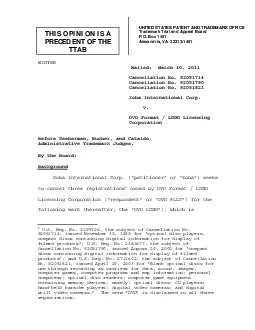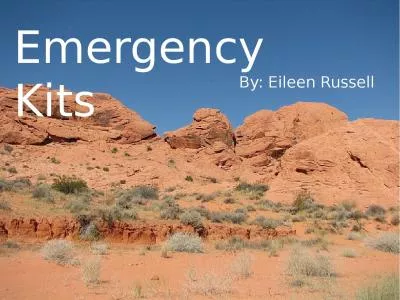PDF-Revised March MP Qdot Antibody Conjugation Kits Catalog nos
Author : giovanna-bartolotta | Published Date : 2014-12-19
A10197 Q22001MP Q22021MP Q22031MP Q22041MP Q22071MP Q22011MP Q22061MP Table 1 Contents and storage information Material Amount Concentration Storage Stability Reagent
Presentation Embed Code
Download Presentation
Download Presentation The PPT/PDF document "Revised March MP Qdot Antibody Conjugat..." is the property of its rightful owner. Permission is granted to download and print the materials on this website for personal, non-commercial use only, and to display it on your personal computer provided you do not modify the materials and that you retain all copyright notices contained in the materials. By downloading content from our website, you accept the terms of this agreement.
Revised March MP Qdot Antibody Conjugation Kits Catalog nos: Transcript
Download Rules Of Document
"Revised March MP Qdot Antibody Conjugation Kits Catalog nos"The content belongs to its owner. You may download and print it for personal use, without modification, and keep all copyright notices. By downloading, you agree to these terms.
Related Documents

